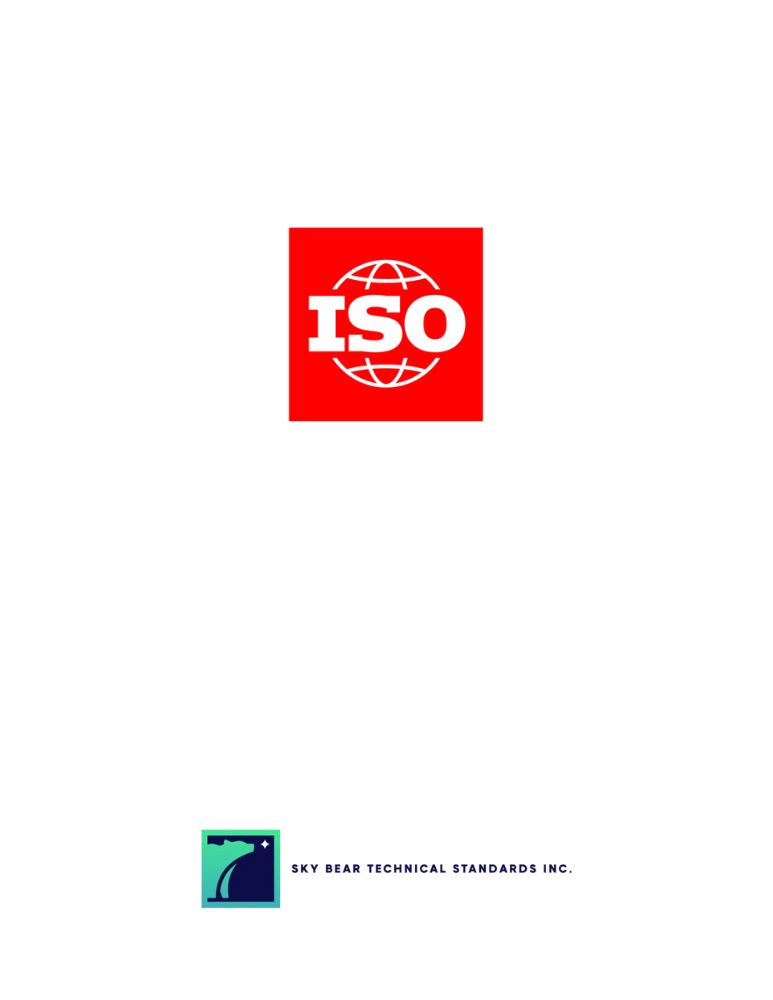Your cart is currently empty!

ISO 20136:2020
ISO 20136:2020 Leather – Determination of degradability by micro-organisms
CDN $233.00
Description
This document specifies a test method to determine the degree and rate of aerobic biodegradation of hides and skins of different animal origin, whether they are tanned or not, through the indirect determination of CO2 produced by the degradation of collagen.
The test material is exposed to an inoculum (activated sludge from tannery wastewater) in an aqueous medium. If there is not a tannery nearby then urban wastewater can be used as the inoculum.
The conditions established in this document correspond to optimum laboratory conditions to achieve the maximum level of biodegradation. However, they might not necessarily correspond to the optimum conditions or maximum level of biodegradation in the natural medium.
In general, the experimental procedure covers the determination of the degradation degree and rate of the material under controlled conditions, which allows the analysis of the evolved carbon dioxide produced throughout the test. For this purpose, the testing equipment complies with strict requirements with regard to flow, temperature and agitation control.
This method applies to the following materials:
– natural polymers of animal stroma (animal tissue/skins);
– animal hides and skins tanned (leather) using organic or inorganic tanning agents;
– leathers that, under testing conditions, do not inhibit the activity of microorganisms present in the inoculum.
Edition
2
Published Date
2020-06-25
Status
PUBLISHED
Pages
24
Format 
Secure PDF
Secure – PDF details
- Save your file locally or view it via a web viewer
- Viewing permissions are restricted exclusively to the purchaser
- Device limits - 3
- Printing – Enabled only to print (1) copy
See more about our Environmental Commitment
Abstract
This document specifies a test method to determine the degree and rate of aerobic biodegradation of hides and skins of different animal origin, whether they are tanned or not, through the indirect determination of CO2 produced by the degradation of collagen.
The test material is exposed to an inoculum (activated sludge from tannery wastewater) in an aqueous medium. If there is not a tannery nearby then urban wastewater can be used as the inoculum.
The conditions established in this document correspond to optimum laboratory conditions to achieve the maximum level of biodegradation. However, they might not necessarily correspond to the optimum conditions or maximum level of biodegradation in the natural medium.
In general, the experimental procedure covers the determination of the degradation degree and rate of the material under controlled conditions, which allows the analysis of the evolved carbon dioxide produced throughout the test. For this purpose, the testing equipment complies with strict requirements with regard to flow, temperature and agitation control.
This method applies to the following materials:
- natural polymers of animal stroma (animal tissue/skins);
- animal hides and skins tanned (leather) using organic or inorganic tanning agents;
- leathers that, under testing conditions, do not inhibit the activity of microorganisms present in the inoculum.
Previous Editions
Can’t find what you are looking for?
Please contact us at:
Related Documents
-

ISO 80004:2020 Nanotechnologies – Vocabulary – Part 3: Carbon nano-objects
CDN $76.00 Add to cart -

ISO 22553:2019 Paints and varnishes – Electro-deposition coatings – Part 1: Vocabulary
CDN $76.00 Add to cart -

ISO 16840:2006 Wheelchair seating – Part 1: Vocabulary, reference axis convention and measures for body segments, posture and postural support surfaces
CDN $351.00 Add to cart -

ISO 3833:1977 Road vehicles – Types – Terms and definitions
CDN $115.00 Add to cart







